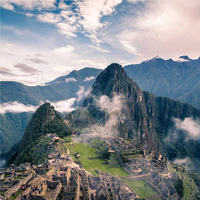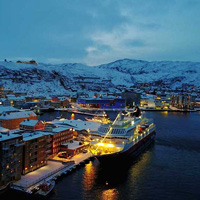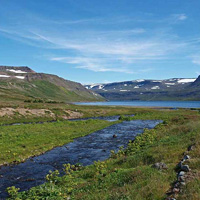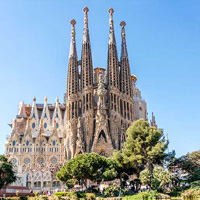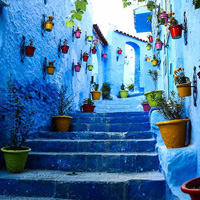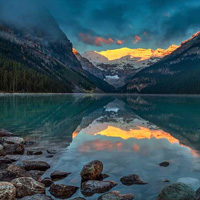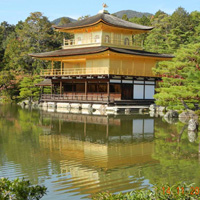The Great Migration
Many of Tanzania and Kenya’s celebrated attractions sit conveniently close to the border. The road network in northern Tanzania is less extensive than in Kenya, but main roads are as good as Kenyan roads, better in some cases. Week long tours provide an overview, but its worth spending longer here to create space between the bigger drives, experience some Maasai culture and perhaps push south to Lake Manyara, home to tree-climbing lions, or north, to the Great Rift Valley. If you hope to include parks further afield, such as Selous and Ruaha in Tanzania or Laikipia and Samburu in Kenya, or want to relax on the coast, factor in days of driving or a costly internal flight. Many of Tanzania and Kenya’s celebrated attractions sit conveniently close to the border. The road network in northern Tanzania is less extensive than in Kenya, but main roads are as good as Kenyan roads, better in some cases. Weeklong tours provide an overview, but its worth spending longer here to create space between the bigger drives, experience some Maasai culture and perhaps push south to Lake Manyara, home to tree-climbing lions, or north, to the Great Rift Valley. If you hope to include parks further afield, such as Selous and Ruaha in Tanzania or Laikipia and Samburu in Kenya, or want to relax on the coast, factor in days of driving or a costly internal flight.
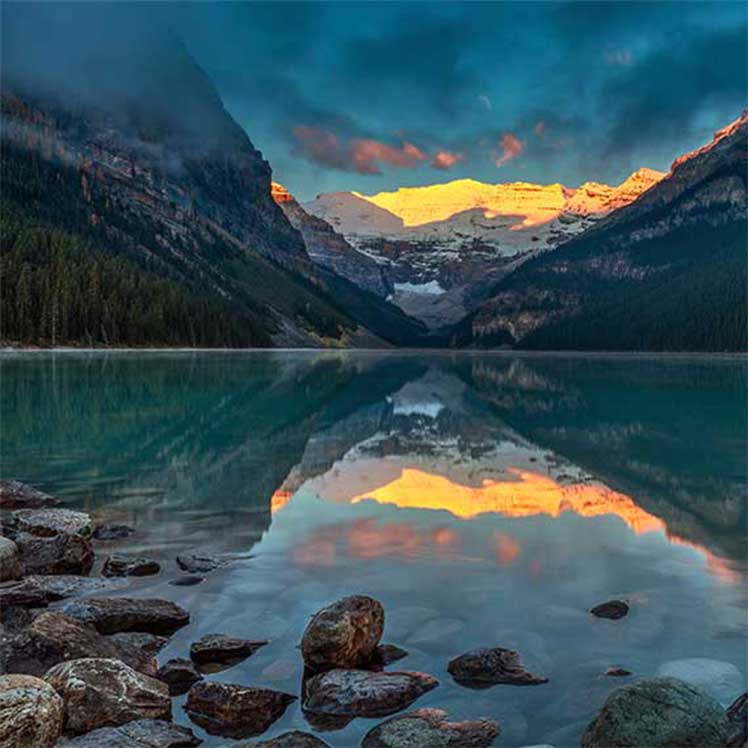
Lake Victoria
Accessible from both Kenya and Tanzania, this is not only Africa’s largest lake; it’s the largest tropical lake in the world. Many trips include a stop here, often at Speke Bay or Musoma, to unwind after long game drives, cycle its shores and stock up on supplies. Driving here from the Masai Mara takes you up through the Western Highlands, through superb scenery and lush tea plantations.
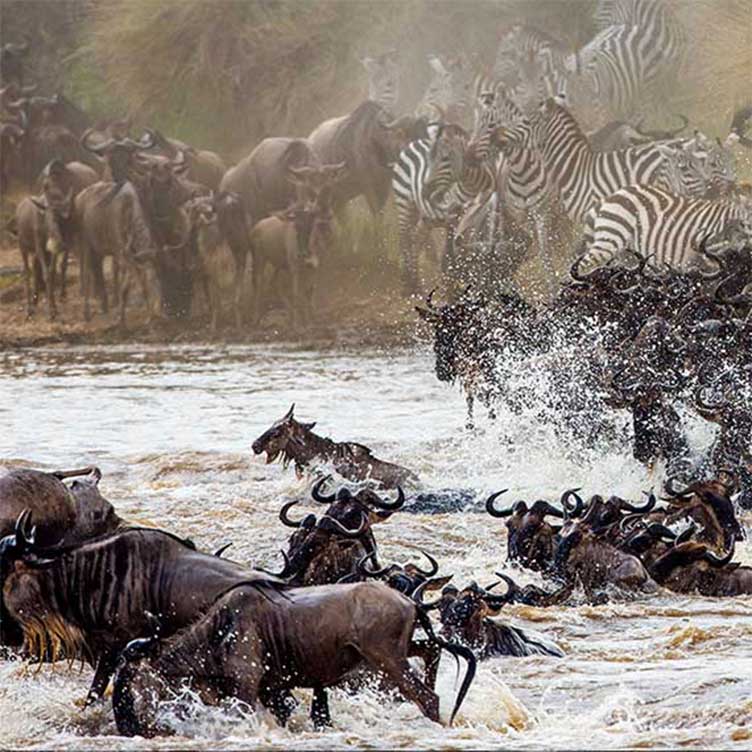
Masai Mara
This national reserve, one of the most famous ecosystems in the world, is synonymous with both wildlife and the Maasai tribes. A stage for the Great Migration, the Mara sees some two million wildebeest and zebras spilling into it from Jun-Oct – if they survive the precarious Mara River crossing. The surrounding Maasai conservancies offer the chance to spend time with this fascinating people.


Ngorongoro Crater
This is a giant, 25km-wide volcano crater. From the rim, at 2,400m, the cliff plunges down some 600m to the crater floor, where lush plains and lakes are home to 30,000 animals, including massive bull elephants, leopard and black rhino. This UNESCO World Heritage Site is a self-contained ecosystem, so it’s the easiest place to see the Big Five year-round – hence the high number of vehicles.
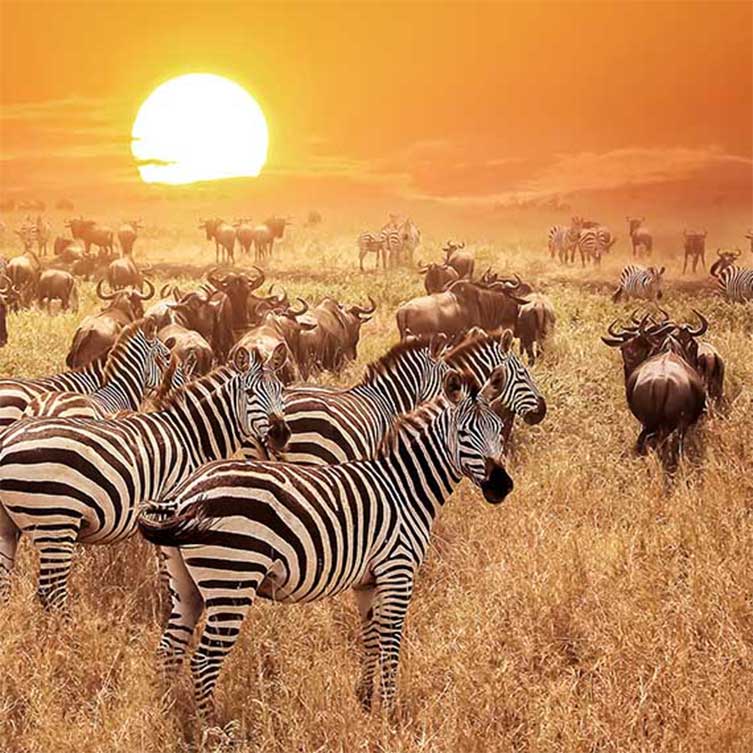
Serengeti National Park
Flat and rolling, these plains get their name from the Maasai word Siringet, meaning ‘the place where the land moves on forever’. The Great Migration begins here as early as December, and the Big Five are ever-present, with the Serengeti home to one of the largest populations of lion in Africa. This is Tanzania’s oldest park, and at 15,000km2, has space for accommodation to suit all tastes.


The Great Migration
From June-Oct, nearly two million wildebeest head north through the Serengeti in Tanzania, accompanied by gazelle and zebra, in search of greener pastures in Kenya’s Masai Mara. For predators such as crocodiles, lions, cheetahs and hyena, this is a running buffet – literally! They lie in wait at vulnerable points, the most dramatic of which is the Mara River crossing, at its busiest late July-Oct.
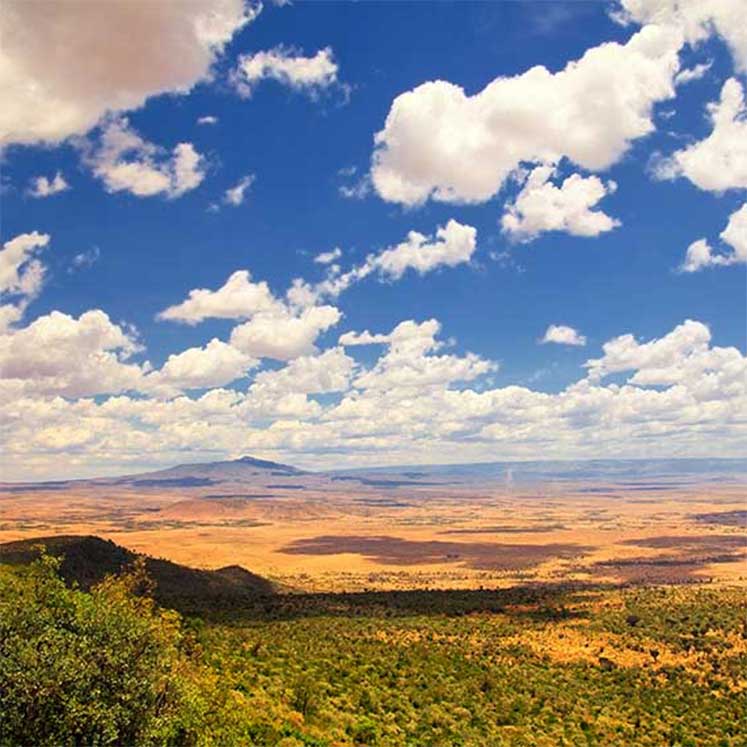
The Great Rift Valley
The 9,600km-long Rift Valley has shattered Africa, leaving behind a trail of lakes, islands and lush oases. Among its eight lakes is Naivasha, home to over 400 species of birds flitting about amongst the hippos; Elementaita, a deep blue soda lake attracting white pelicans; and Lake Nakuru, which boasts the Big Five and also attracts some two million flamingos, which feed in its algae-rich waters.

Where To Next?
Wanderlust Wonders: Exploring Must-Visit Travel Destinations
Follow Us On Instagram
Check out our Instagram page for a glimpse into our world!


